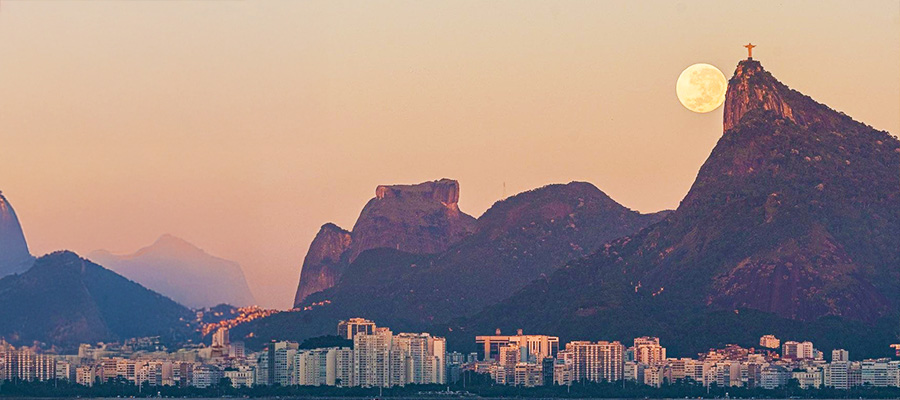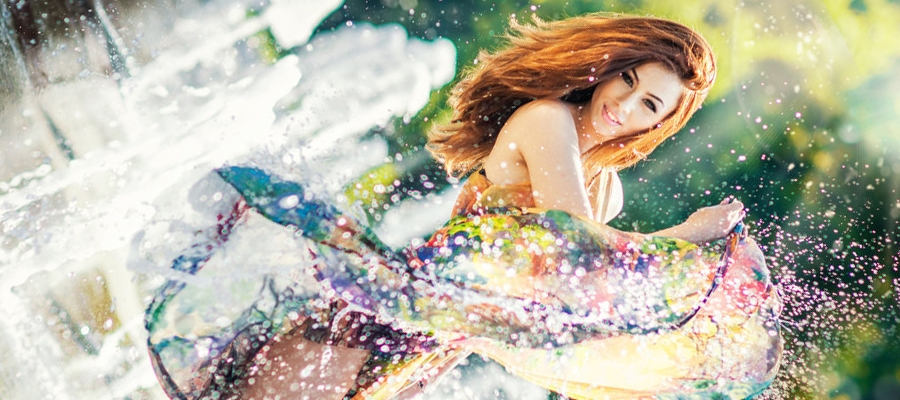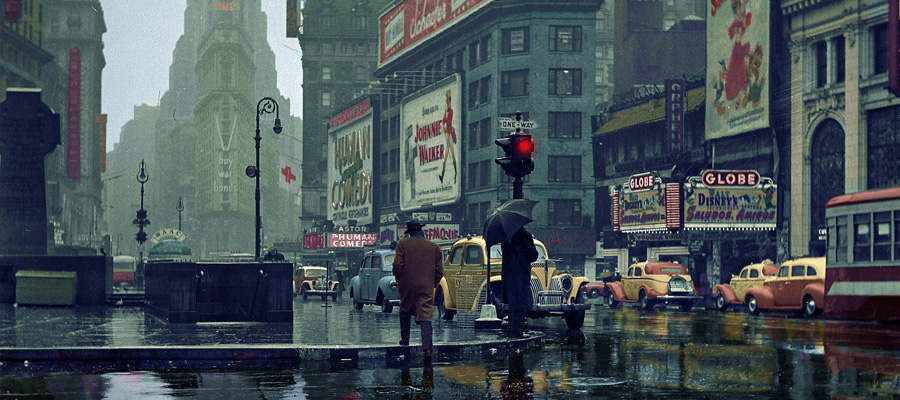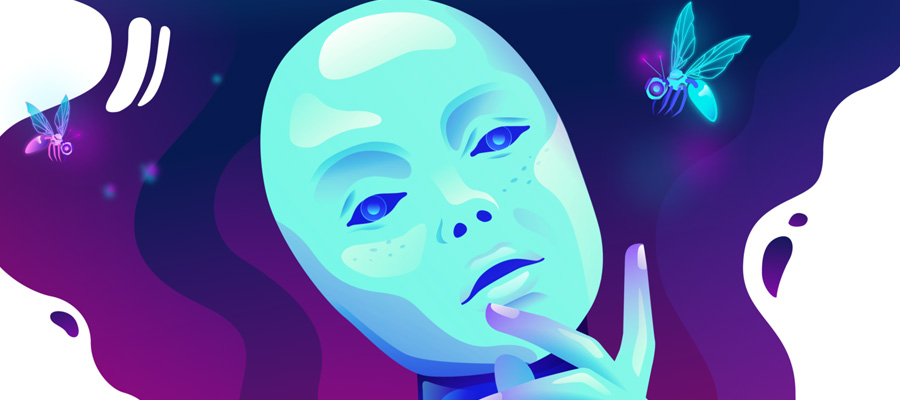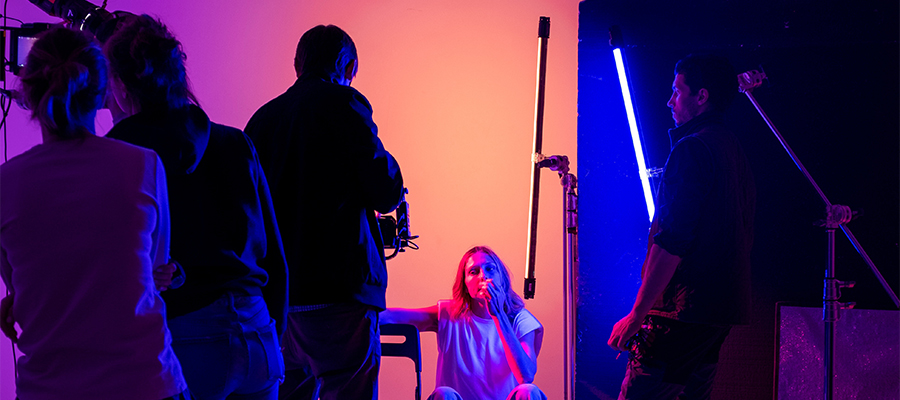Did you ever see a picture that has creamy and flowing water in it? Or maybe any long lights that are streaming down all the busy roads? If yes, you know how stunning it will look in a photo and bring everything to life, making it unique for a long exposure shot.
A way to learn long exposure can be by an understanding of the manual modes of the camera.
You can use manual mode by monitoring aperture and shutter speed. Once you maintain these things, you will understand that it gives you a longer shutter speed with more control over the field's depth.
If you want to know more about other kinds of photography, you can do it by reading the most common ones.
Can you regulate long exposures?
The most serious part about taking long exposure shots is that you have to keep your camera completely unmoving. It may look effortless, but it isn't easy to practice in reality.
You can also use a remote to control and trigger the camera to take a picture so that you can reduce the risks of any shake. It would be best if you also considered checking all the places where light can leak in, such as the viewfinder.
A camera has many places through which light can come in flooding. Therefore, you have to master the ISO noise usage in your camera to reduce pixels' chances. (It is there in the sensor where it gets very hot to produce noise in the picture.)
You will see an RGB pixel option in your pictures and also an option to take photos in monochrome. Therefore, why are long exposure shots entertaining? Why will you put effort into learning the skill?
The silky water
Photography of nature and sceneries can be quite beautiful as it is full of tiny details, lights, shadows, and much more. The landscape is considered not just nature which is summarized within a small frame. Landscapes can share life, personality and history or a mood, and so many other things.
You can see the below picture to understand the impact of a long exposure shot on a photo.

Collywell Bay by Jimmy Mcintyre
Long exposure shots tend to highlight the surreal and calming look of the water body.
The misty fog
Are you finding an idea to have multi-layered with color blended in one image? Then you can do it with one successful long exposure shot.
If you can find a spot for your camera to be in one place and let it click the scenery for a bit of time, you will be surprised by the difference in the depth of field, texture, and a lot more in the image captured.

Moonlit Fog Waves by Nicholas Steinberg
There can be a time where all of it can turn out to be a lot, and you can lose the authenticity that you were going to capture in the first place. With time, you can practice the long exposure shots and then click some fantastic and detailed pictures.
Monochrome compositions
Monochrome is one of the most elegant, timeless, and beautiful clicking pictures. Therefore, it can be challenging to see how a person can elevate something that is already classic. Monochrome photographs which are taken with the help of long exposure shots will have details and texture.
There are many greys and other lights inside the frame that can be pulled more into the image.

Michigan's Great Lakes: Photograph by Jeff Gaydash
If the color is removed from the picture, you will see textures and tones more fluently.
The streaming lights
Pictures of long, dusty, and windy roads with some lights are the best long exposure shots. Long exposure is also used in many other things rather than just headlights and traffic lights.


Many long exposure shots can work amazingly with crackers and fireworks or anything else that is light-based. You can even make human-made patterns or click a picture of the streaming lights with multiple tones with some exciting features included.
Having filters
You can take some of the new long exposure shots to some next-level practice. You can take the help of filters to do so.
A filter like neutral density can provide you some more than just light restriction. It can also help you to trick the camera to find the finest exposure on its own.


People who shoot in daylight in some good 4 seconds of shutter speed. You can have a suitably exposed picture with the help of a simple ND filter (neutral-density filter).
Long exposure shots can help you experiment with different aspects of an image like lights, action, colors in entirely new ways.
